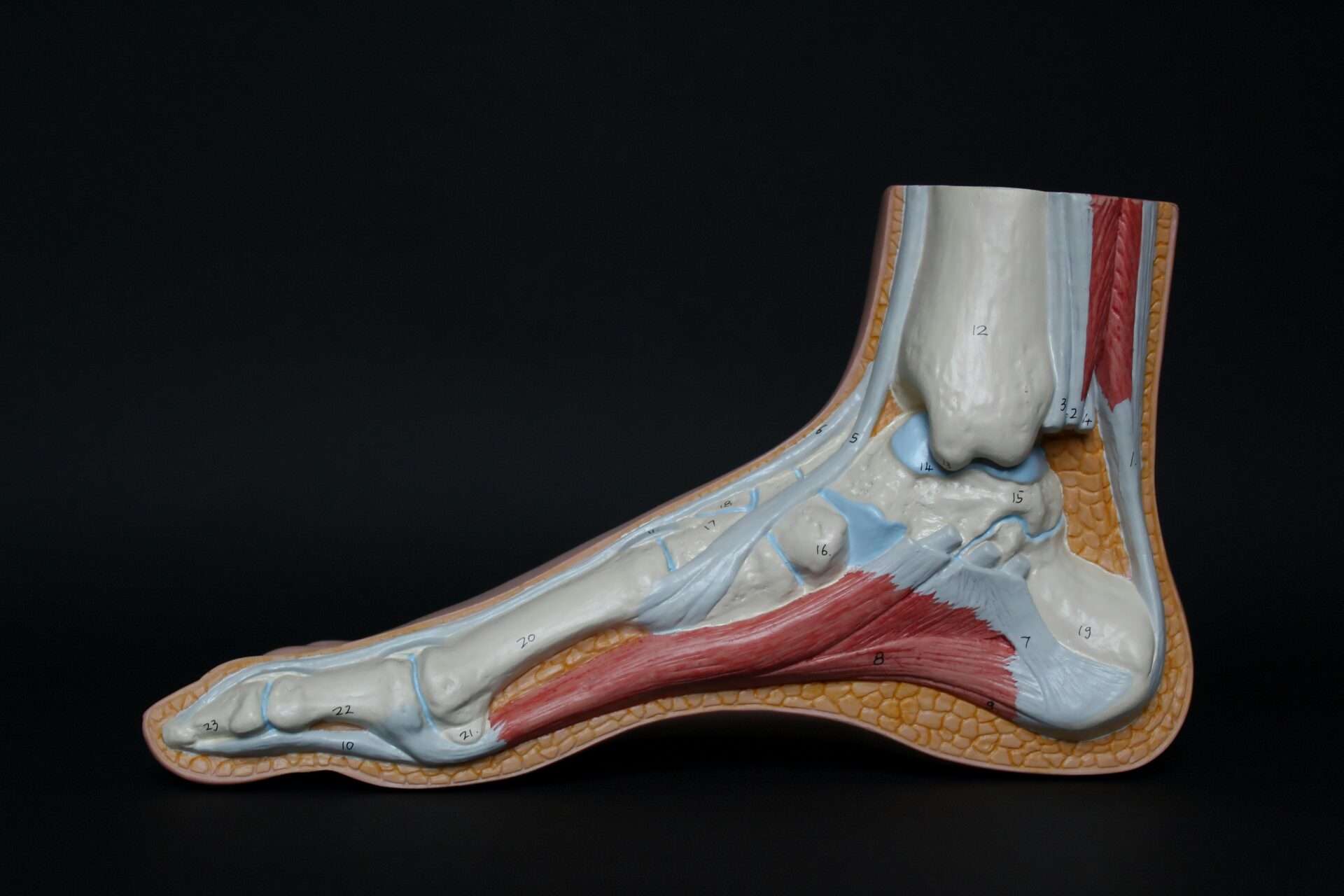Common Foot Injuries in Runners: Prevention & Recovery
Running offers immense health benefits but often leads to foot injuries due to repetitive impact. Understanding these injuries—their causes, symptoms, and treatments—can help runners stay active and avoid long-term damage.
Key Takeaways
- Sprained ankles require RICE therapy (Rest, Ice, Compression, Elevation) and gradual return to activity
- Plantar fasciitis demands stretching, supportive footwear, and rest to heal inflamed foot tissue
- Shin splints benefit from reduced intensity, proper shoes, and calf muscle strengthening
- Stress fractures need extended rest, nutritional support, and modified training
1. Sprained Ankles: Sudden Twists, Lasting Pain
Causes
Uneven terrain, overuse, or improper footwear can force the ankle into unnatural positions, damaging ligaments.
Symptoms
- Immediate sharp pain
- Swelling and bruising
- Difficulty bearing weight
Treatment
Follow RICE protocol and consult a specialist for severe sprains. Strengthening exercises prevent recurrence.
2. Plantar Fasciitis: The Heel Pain Struggle
Causes
Overuse, tight calves, or flat arches strain the plantar fascia—the band connecting heel to toes.
Symptoms
- Stabbing heel pain (worst in mornings)
- Stiffness after rest
Treatment
Night splints, orthotics, and targeted stretches (e.g., towel curls) aid recovery.
3. Shin Splints: Lower Leg Agony
Causes
Sudden mileage increases, hard surfaces, or weak calf muscles inflame shin tissues.
Symptoms
- Tenderness along the inner shin
- Dull ache during/after runs
Prevention
Gradual training progression and cushioned shoes reduce risk.
4. Stress Fractures: Small Cracks, Big Problems
Causes
Repetitive force (common in high-impact sports) overwhelms bone resilience.
Symptoms
- Localized pain worsening with activity
- Swelling without bruising
Recovery
6–8 weeks of rest, calcium-rich diet, and cross-training (e.g., swimming).
Proactive Measures for Runners
- Footwear: Replace shoes every 300–500 miles
- Strength Training: Focus on calves, hips, and core
- Flexibility: Daily stretches for Achilles and plantar fascia
- Surface: Opt for grass or trails over concrete
When to Seek Help
Consult a podiatrist if pain persists beyond 2 weeks, limits daily function, or shows signs of infection (redness, fever). Early intervention prevents chronic issues.
Final Thoughts
Listening to your body, prioritizing recovery, and investing in prevention keep runners on track. Adjust training mindfully and celebrate small victories!



